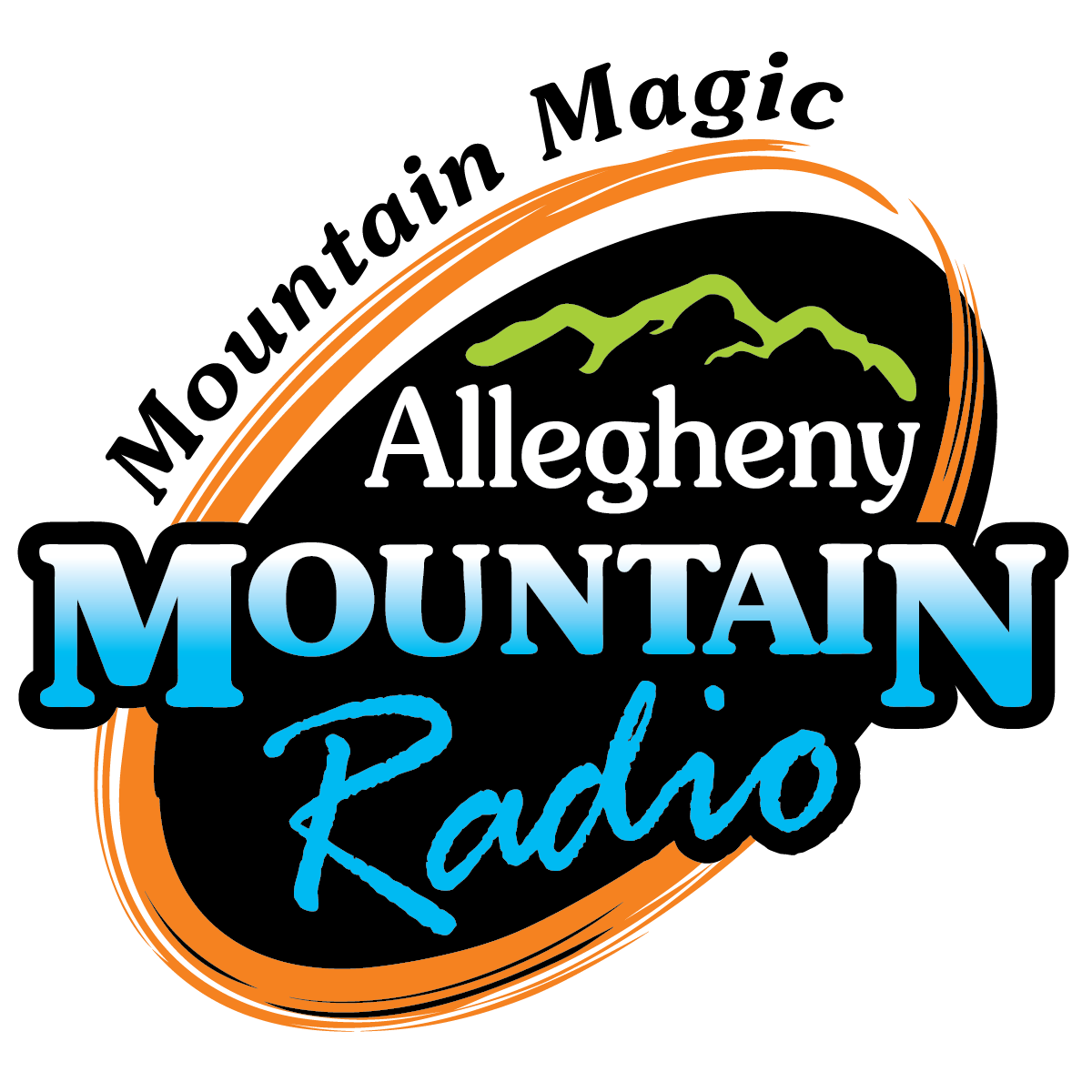Identifying Healthy Communities
Once a good while back, a piece of paper in the packet of information local supervisors use to prepare for one of their monthly meetings caught my eye. It was entitled “What is a Healthy Community?” In the spirit of New Year’s resolutions, when individuals look at improving eating and exercise habits for better health, we’re sharing the checklist for communities. The guide was produced by a “Health in all policies Task force” in 2010. Almost ten years later, the majority of the items still seem relevant I browsed the list and thought about the health of our small towns, and rural settlements, and the Allegheny Highlands as a whole. According to this guide, a community is considered healthy if it is able to provide most of the following to its residents across all the stages of their lives. First, when considering the most basic human needs, does it provide:
Complete and livable communities including quality schools, parks and recreational facilities, child care, libraries, financial services and other daily needs? Is there access to affordable and safe opportunities for physical activity? What about affordable, accessible and high quality health care? Is there access to nutritious, reasonably-priced foods, and safe drinkable water? Are there transportation options that are safe, sustainable and accessible? Do residents have access to quality, socially integrated and location efficient housing? Two basic needs listed, frequently recognized for individuals, but sometimes neglected for communities as wholes were: ability to adapt to changing environments, resiliency and preparedness for emergencies, and opportunities for engagement with arts music and culture.
(Sound effect)
The list of what a healthy community provides, also touched on some of the frequently discussed items when local authorities and elected officials meet. Are there local employers offering living wages, safe job opportunities and contributing to a thriving economy? What support is there for the healthy development of children and adolescents? What are the educational opportunities across all the life stages, from pre-school, through technical school, and professional development for those in the work place, and beyond?
(Sound effect)
This particular guide didn’t include a measure, or a gauge to evaluate our communities’ health, but it concluded with three more elements considered essential to supportive and respectful social relationships: do residents consider their community safe and free of crime or violence? Is there a cohesiveness between families, homes and neighborhoods? And finally, is there robust and respectful civic and social engagement?
These elements of healthy communities were included in a “Guide for local and state governments” as part of a packet for a local Board of Supervisors over the past few years. You can learn more about the The All policies task force who developed the guide at alpha.org . . .




